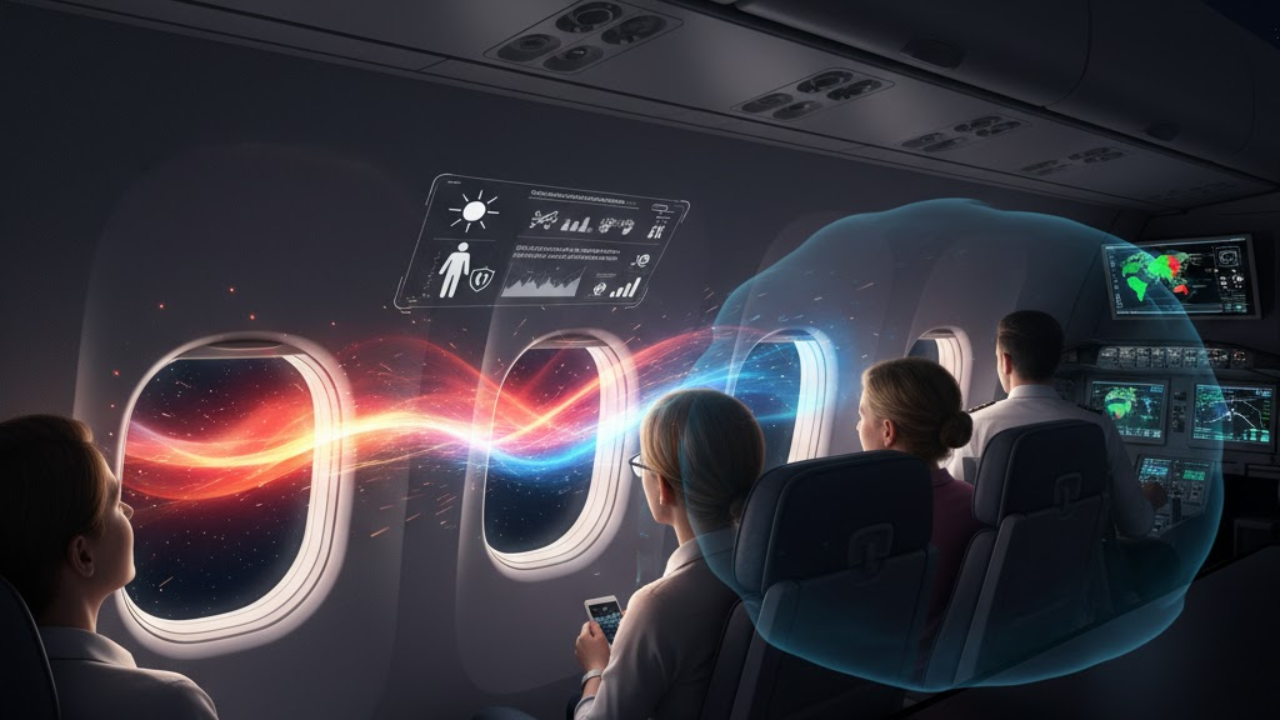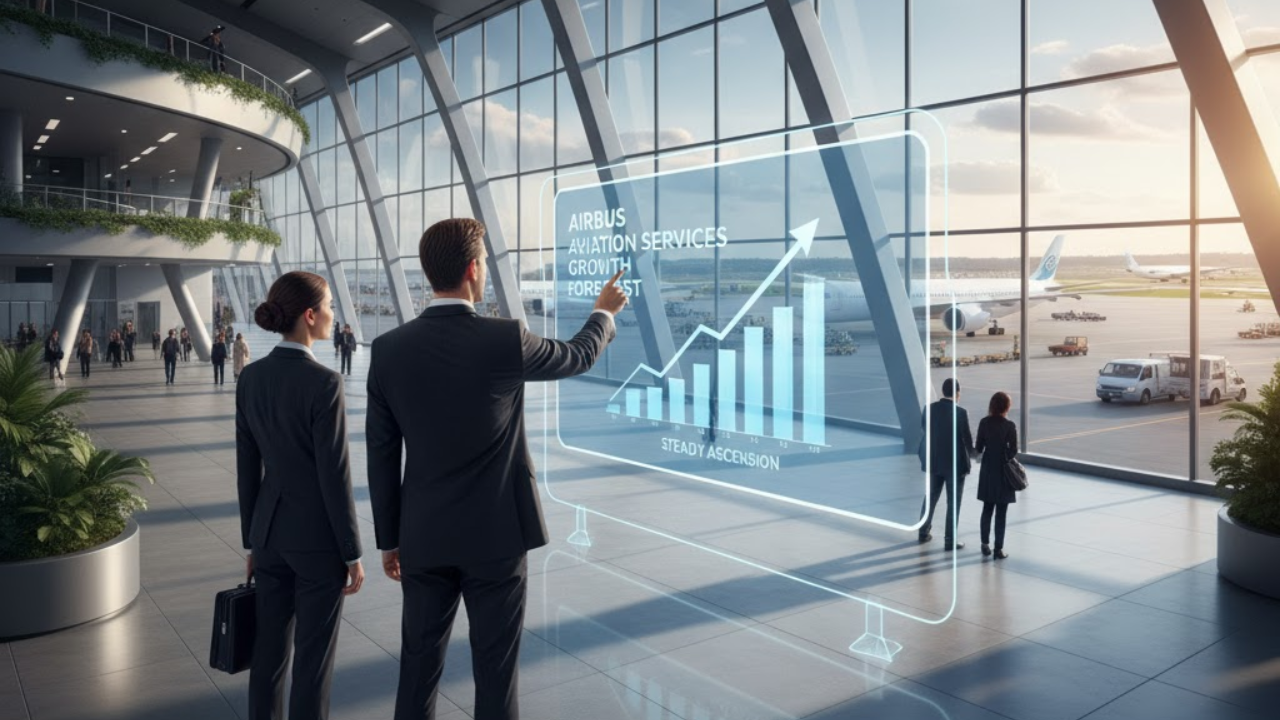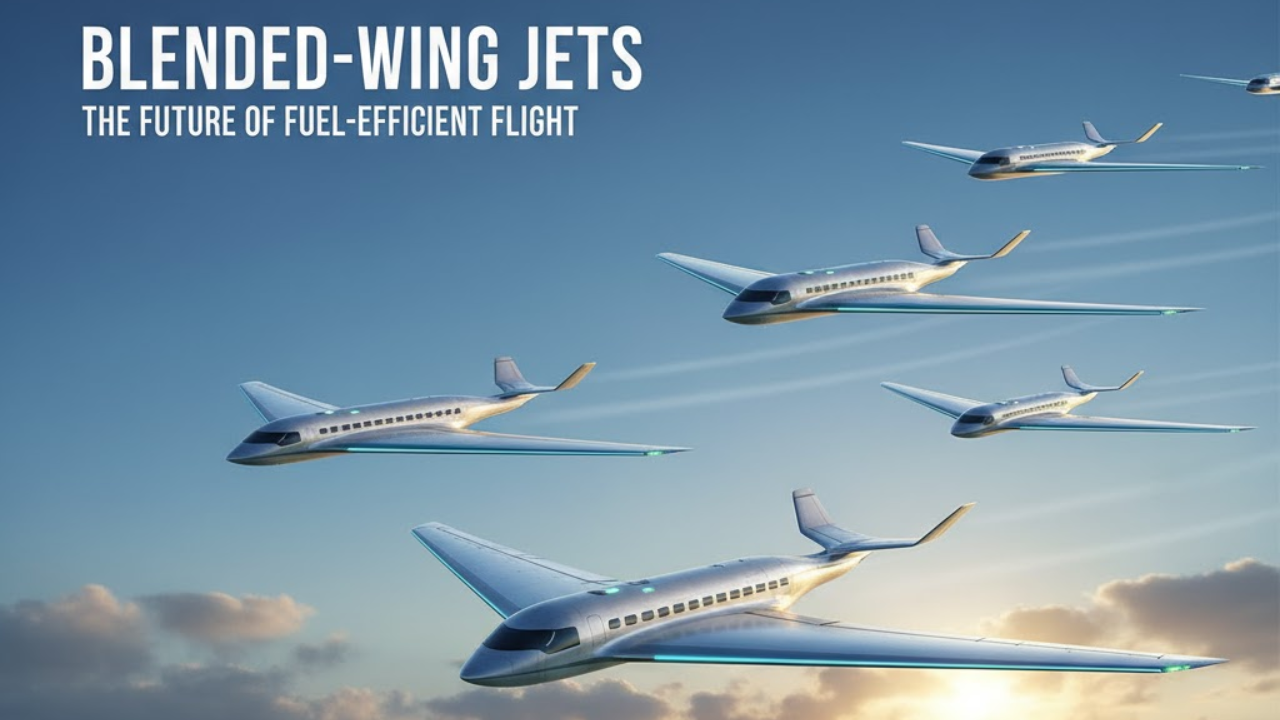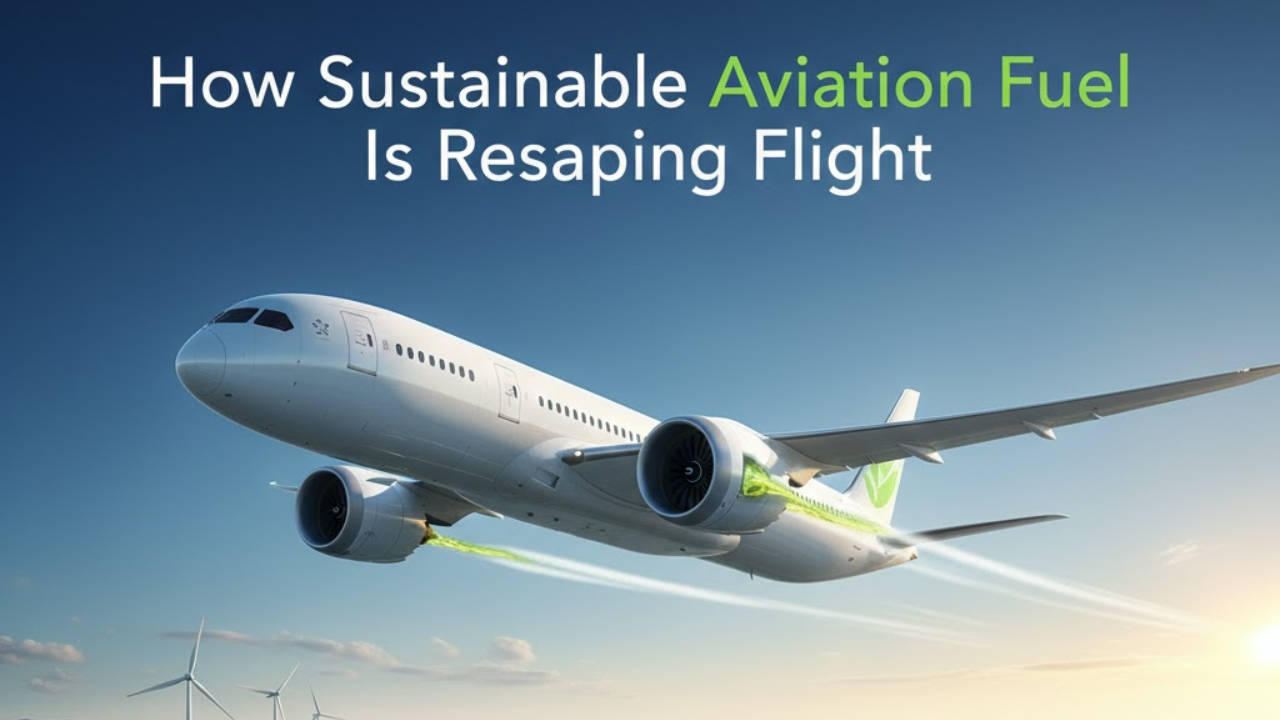
Post by : Meena Rani
High above the clouds, aircraft crews and passengers are exposed to more than just turbulence and clear skies. Invisible to the eye but potent in effect, cosmic radiation and space weather pose a hidden threat to high-altitude flights, especially on polar or trans-oceanic routes. As solar cycles intensify and more data emerges, the aviation industry is racing to understand, predict, and mitigate radiation risks—because when you’re flying through a storm in space, the skies are no longer the limit.
Cosmic rays—originating from distant galaxies and solar flares—constantly bombard Earth. While our atmosphere and magnetic field shield much of the radiation, when aircraft ascend to cruising altitudes (typically 10–12 km), that protection diminishes. At those heights, the intensity of radiation can be tens to hundreds of times greater than what we face on the ground.
Recent scientific studies confirm that average annual doses for frequent flyers over international routes aren’t negligible. In Japan, for example, the typical cosmic radiation dose for international flyers at cruising altitude is around 60 µSv per year. Domestic flights, by contrast, contribute only around 2 µSv annually.
Not all routes pose the same risk. Two critical variables influence radiation levels:
Latitude: Flights crossing polar or high-latitude regions experience higher exposure due to weaker magnetic shielding.
Altitude: The higher the plane flies, the less atmospheric shielding remains.
In 2024 and 2025, two airline flights between San Francisco and Paris were monitored during a geomagnetic storm and during quiet space-weather conditions. The team validated a mitigation strategy: diverting flights to lower altitudes or more equatorial paths can meaningfully reduce radiation doses during adverse space weather.
Indeed, during geomagnetic storms, deviations in path or altitude can yield enough shielding effect to protect navigation systems, communication, and crew health simultaneously.
NASA recently launched the SWXRAD airborne campaign over Greenland to better map radiation exposure in polar routes and validate real-time models for flight planning. The data sharpens our understanding of how space weather affects the high-latitude skies.
Other research is pushing the envelope. Efforts to nowcast Solar Energetic Particle (SEP) events—sudden bursts of radiation from the Sun—could give astronauts (and high-altitude flights) a 30-minute warning to shelter or reroute. This is particularly relevant for missions beyond Earth’s magnetosphere.
Scientists also continue investigating the health implications. A lawsuit in South Korea in 2023 made headlines when a court acknowledged that a flight attendant’s long-term exposure to cosmic radiation contributed to cancer risk—a landmark decision in occupational health for the aviation industry.
Radiation in flight is not ignored—it’s treated as a manageable risk. The aviation and space-weather communities are building several protective strategies:
ALARA principle (As Low As Reasonably Achievable): Adjust routes or altitudes when space weather becomes severe to minimize exposure.
Real-time radiation monitoring: Onboard radiation sensors are being tested to provide live data to pilots and dispatchers.
Flight planning tools: Predictive models are integrated into flight dispatch systems to choose safer altitudes or latitudes in real time.
Crew exposure limits & tracking: Just like for other occupational hazards, many regions regulate maximum cumulative radiation exposure for flight personnel.
Regulatory systems for alerts: Aviation authorities may issue solar radiation alerts (SRAs) during extreme events, prompting mitigative flight changes.
These strategies combine operational flexibility with scientific forecasting to ensure flights remain both safe and predictable—despite the unpredictable nature of space weather.
For most occasional flyers, the additional radiation dose is minimal—comparable to a chest X-ray over many years. But for aircrew, frequent fliers, and travelers on long polar routes, the numbers add up.
When geomagnetic storms strike, airlines may reroute flights or fly lower to reduce risk. Cabin crew rosters often factor radiation exposure over multiple flights to ensure annual limits aren’t exceeded. As our understanding improves, we may see smart flight schedules, radiation-optimized routes, and transparent exposure disclosures for crew members.
The Sun operates in cycles of roughly 11 years. During peaks (“solar maximum”), solar activity tends to suppress some types of cosmic radiation—but the flip side is an increased risk of solar particle events (SEPs). These sudden bursts can deliver intense, short-term radiation hazards. Flights crossing polar routes or operating above 14,000 meters may bear the brunt.
To prepare, airlines and space agencies are collaborating more closely. Integrating space-weather models with aviation operations will become standard, not optional. In the near term, that means smarter dispatching, dynamic routing, and real-time alerts tailored to every flight’s altitude and trajectory.
Disclaimer:
This article is for informational purposes only and is not a substitute for regulatory guidance or professional medical advice. While care was taken to reflect current research, the science and operational practices around aviation radiation are evolving. Checking authoritative sources and aviation guidelines before travel or professional planning is recommended.
cosmic radiation, space weather, aviation risks, flight safety, geomagnetic storms, passenger health, radiation mitigation, aircrew exposure










Bengaluru-Mumbai Superfast Train Approved After 30-Year Wait
Railways approves new superfast train connecting Bengaluru and Mumbai, ending a 30-year demand, easi

Canada Post Workers Strike Halts Nationwide Mail and Parcel Services
Canada Post halts operations as CUPW strike disrupts mail and parcel delivery nationwide amid disput

PM Modi Launches BSNL ‘Swadeshi’ 4G Network, 97,500 Towers Built
India enters global telecom league as PM Modi inaugurates BSNL’s indigenous 4G, connecting 26,700 vi

India’s Iconic MiG‑21 Takes Final Flight After Six Decades of Service
After 60 years India retires its MiG‑21 fighter jet, a legendary yet controversial warplane marking

Hindustan Zinc unveils AI hotspot monitoring at Debari smelter
Hindustan Zinc launches AI-powered Switchyard Hotspot Monitoring at Debari smelter to cut outages bo

Chinese experts worked inside sanctioned Russian drone plant
Chinese drone specialists visited IEMZ Kupol supplying parts and drones via intermediaries, deepenin